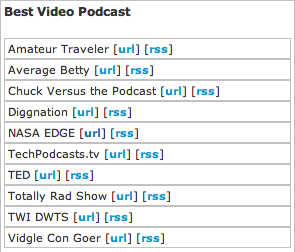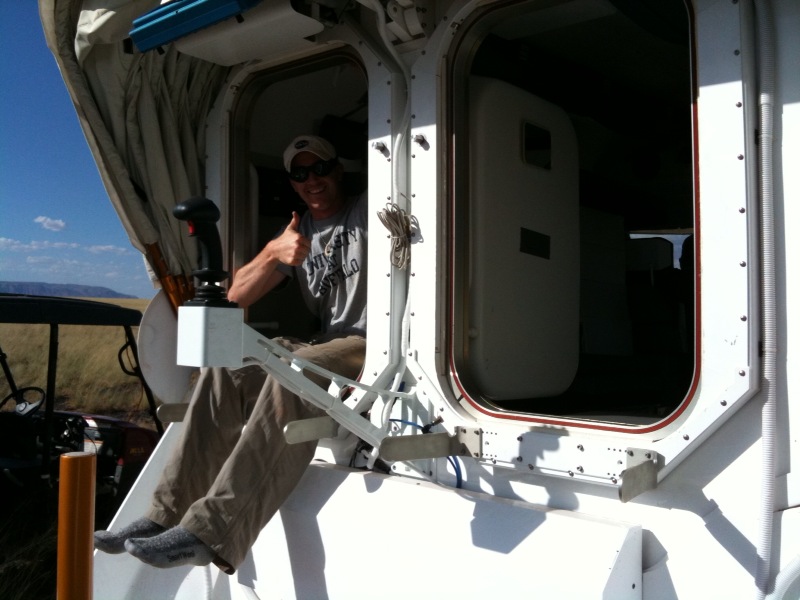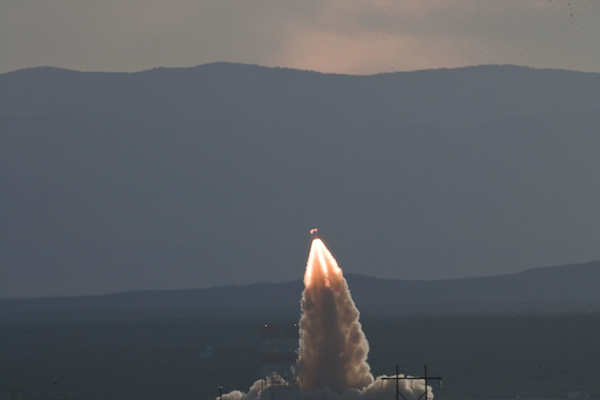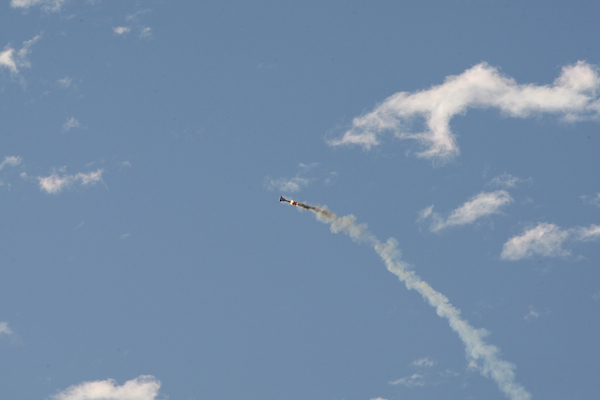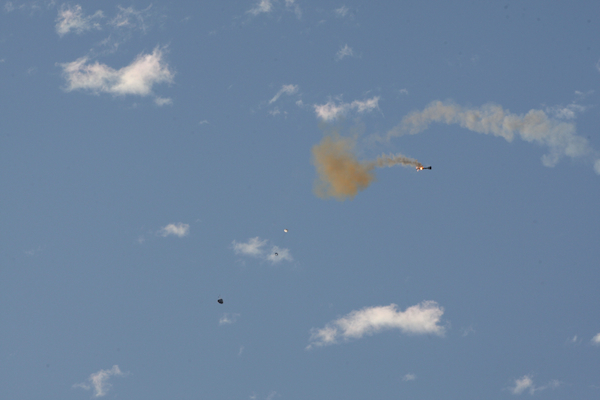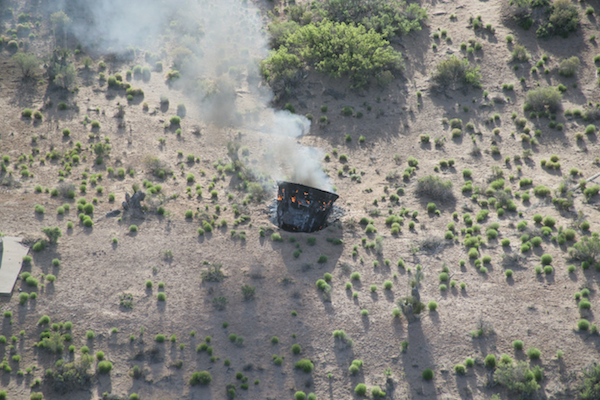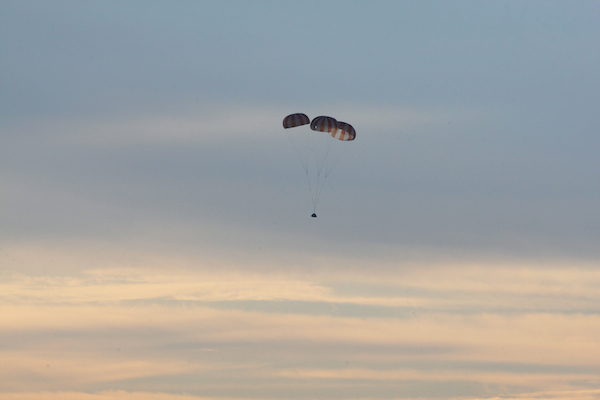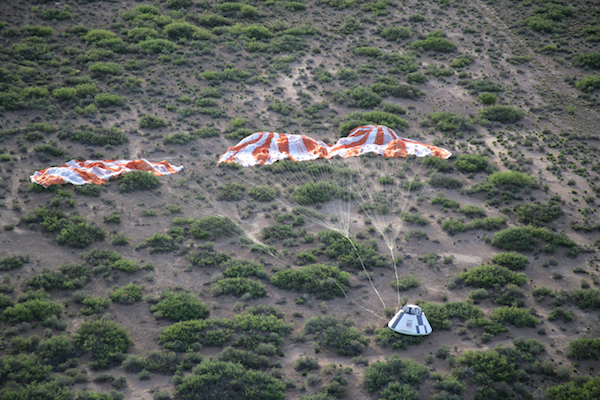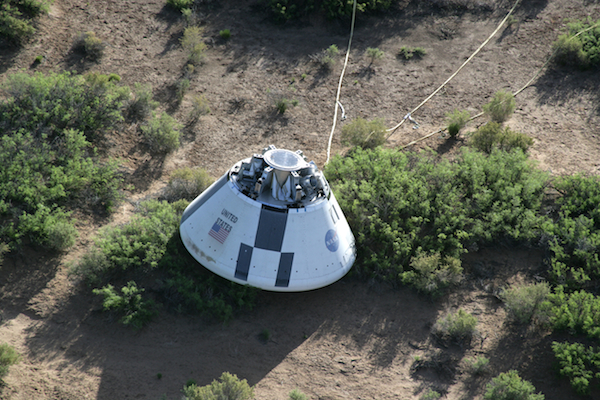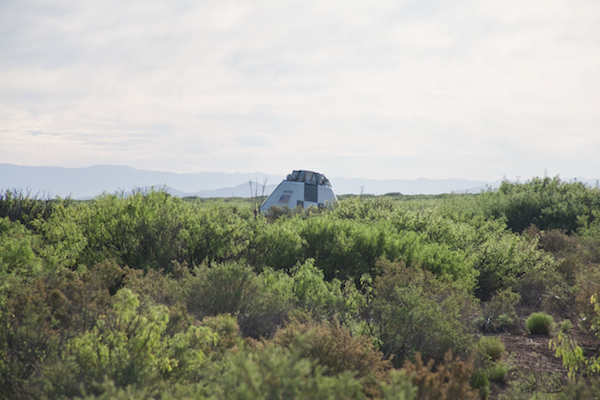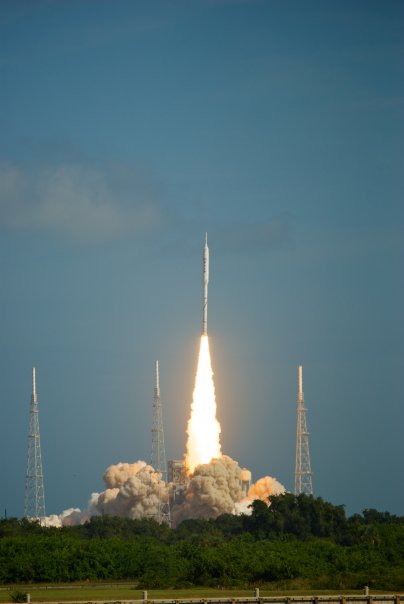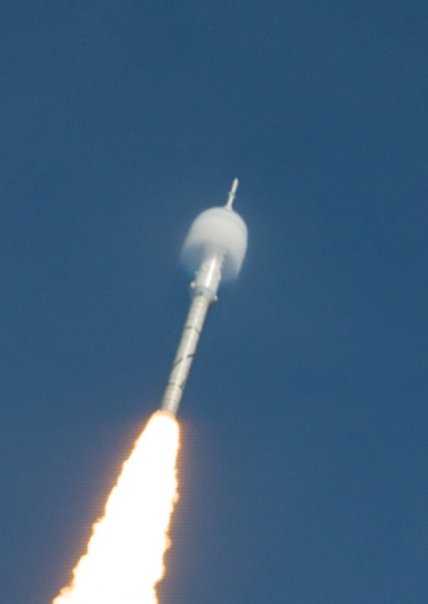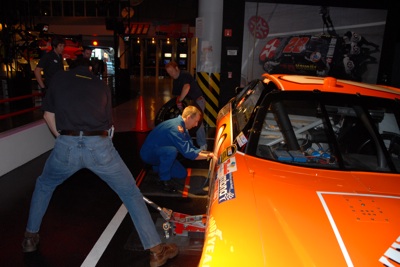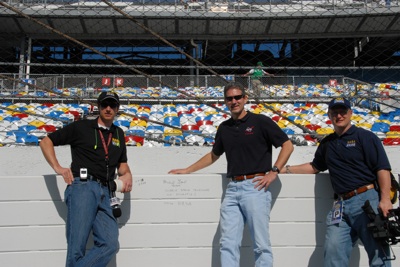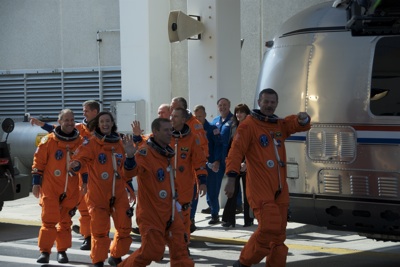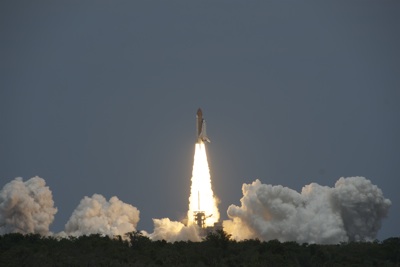If you’re looking for a nice two-story, walk-up* withspectacular views from the Moon, Mars or any potential deep space destination,look no further than the NASA Habitat Demonstration Unit (HDU) and their newlyadded second level!
Of course, the HDU, the new second level and a soon to beadded Hygiene Module together form the Deep Space Habitat configuration of theHDU that will be featured in this year’s D-RATS analog field test.
But, I am getting ahead of myself. The essential 2nd level has not been completelydecided on yet.
There are currently three different options being consideredthrough a fascinating competition know as the X-Hab Academic InnovationChallenge. Three Universities wereselected from a number of entries to design, build and demonstrate their inflatablehabitat concepts all the way from CAD drawings to a full scale demonstrationunit.
Each school has one week to deploy their version of theinterstellar penthouse on top of NASA’s current HDU at NASA Johnson SpaceCenter. The final demonstration units will be judged on manydifferent criteria, such as ratio between the packed hab’s volume and thedeployed hab’s volume, deployment time, lowest hourly pressure decay andself-support due to loss of internal pressure. Coincidentally, these align perfectly with my every dayliving requirements!
The three schools are Oklahoma State University (June 6th– 10th,) the University of Maryland (June 13th – 17th)and the University of Wisconsin (June 20th – 24th.) The pictures below were taken duringour trip to NASA Johnson while the University of Maryland was testing andinstalling their demo unit.

University of Maryland unpacks and weighs their Hab Demo Unit. Credit: Co-Host

University of Maryland Hab Demo Unit soon to be joined with NASA’s Hab Demo Unit. Credit: Co-Host

University of Maryland’s Hab Demo Unit Deployed! Credit: Co-Host
All of the teams have overcome many different obstacles andengineering challenges to deliver their inflatable habs, but the learningexperience from the process itself is invaluable. As one student commented when asked about seeing theirteam’s demonstration being deployed, “I’m curious. I’m excited, but we all really want to see if our ideas workwell.”
For the winners? Their demonstration will experience full field implementation duringNASA’s analog field test in Arizone (D-RATS 2011.) The winning design will be announced sometime during theweek of June 27th – July 1st, 2011.
For the record, I volunteer to stay in the winner’sdemonstration unit as long as they agree to fully return my security depositwhen the analog is finished. Plus,I SPLIT the utilities with my fellow medianauts from NASA EDGE. Too many times, I’ve been left with thetab.
For more information on NASA’s HDU and the Challenge, please visit the following sites:
X-Hab Academic Innovation Challenge
X-Hab Partner – The National Space Grant Foundation
Good Luck! And may the best Hab win!
The Co-Host
*Walk-up can refer to the fact that a particular apartmentis accessible via stairs only. Imean that it is easily accessible by pedestrians that happen to be in thevicinity of building 220 at NASA Johnson or the Black Point Lava Flow inArizona sometime in August 2011.


